The DO Loop
Statistical programming in SAS with an emphasis on SAS/IML programs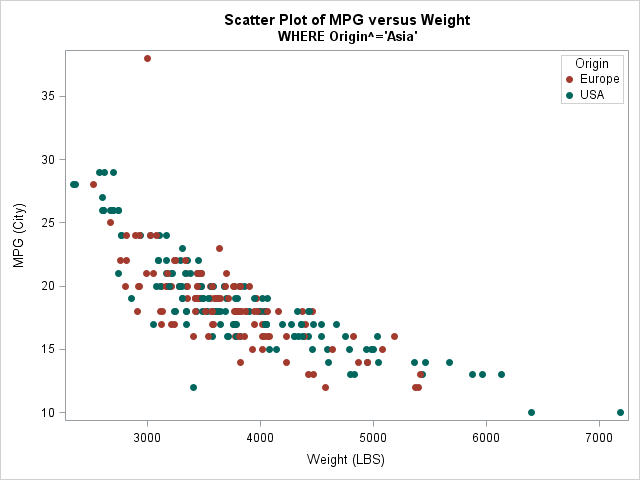
If you are a SAS programmer and use the GROUP= option in PROC SGPLOT, you might have encountered a thorny issue: if you use a WHERE clause to omit certain observations, then the marker colors for groups might change from one plot to another. This happens because the marker colors
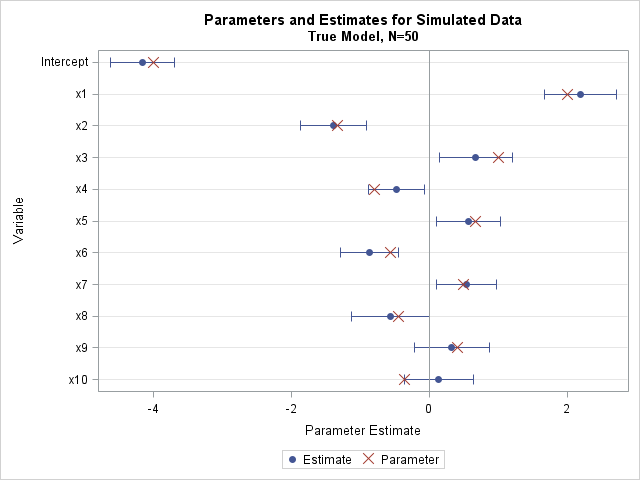
This article shows how to simulate a data set in SAS that satisfies a least squares regression model for continuous variables. When you simulate to create "synthetic" (or "fake") data, you (the programmer) control the true parameter values, the form of the model, the sample size, and magnitude of the
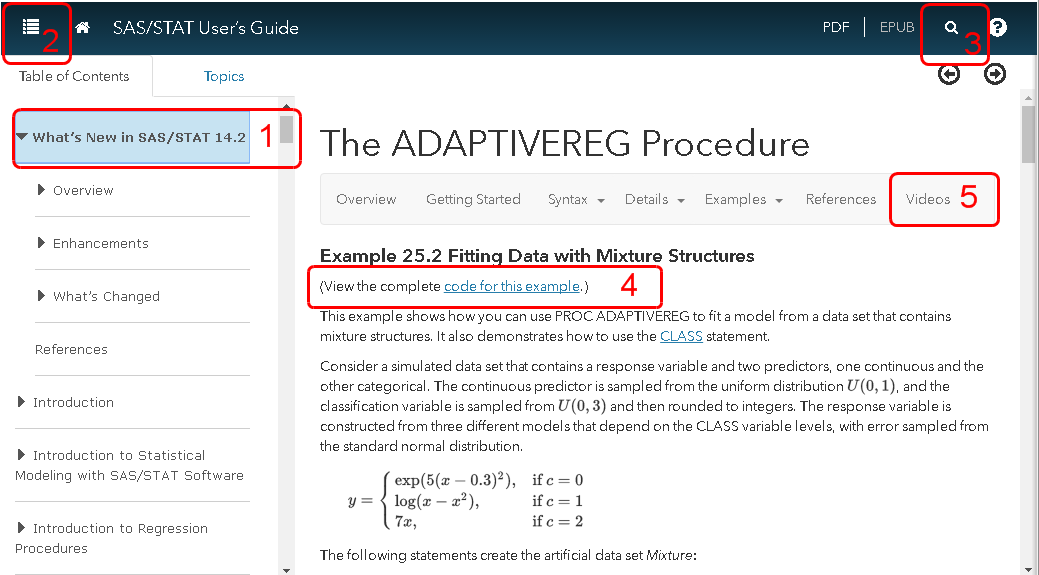
The SAS analytical documentation has a new look. Beginning with the 14.2 release of the SAS analytical products (which shipped with SAS 9.4m4 in November 2016), the HTML version of the online documentation has moved to a new framework called the Help Center. The URL for the online documentation is
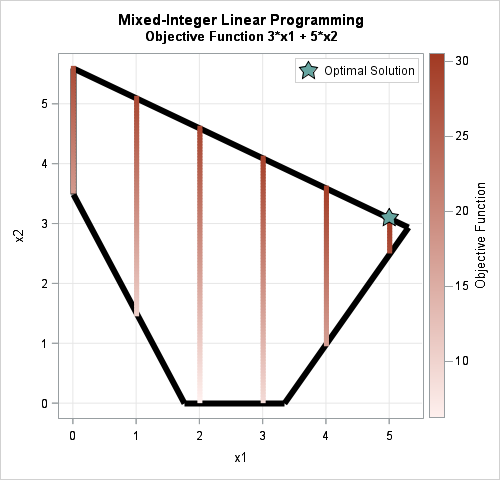
This article shows how to solve mixed integer linear programming (MILP) problems in SAS. In a mixed integer problem, some of the variables in the problem are integer-valued whereas others are continuous. The objective function is a linear function of the variables and the variables can be subject to linear

For SAS programmers, the PUT statement in the DATA step and the %PUT macro statement are useful statements that enable you to display the values of variables and macro variables, respectively. By default, the output appears in the SAS log. This article shares a few tips that help you to
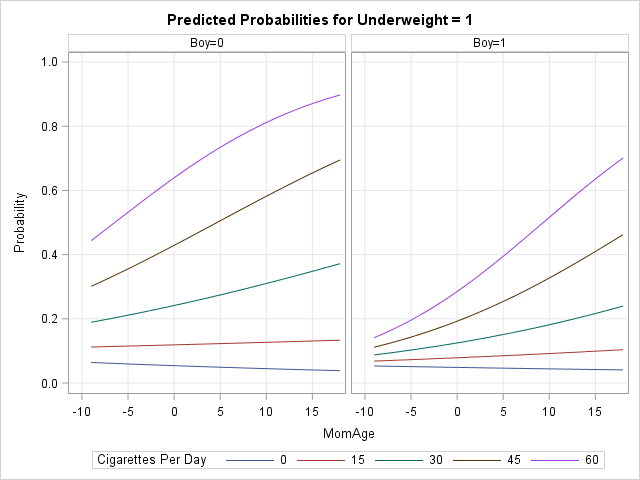
Last week I wrote about the 10 most popular articles from The DO Loop in 2016. The popular articles tend to be about elementary topics that appeal to a wide range of SAS programmers. Today I present an "editor's choice" list of technical articles that describe more advanced statistical methods
